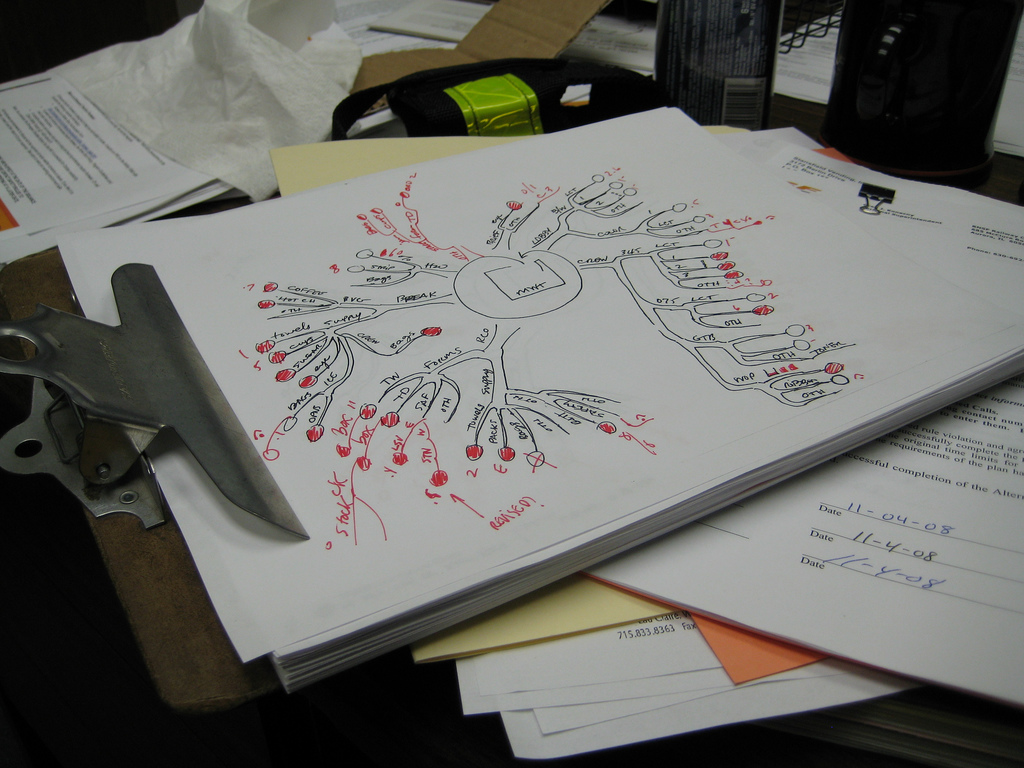Are you looking for ideas on how to utilize NWEA data in meaningful ways to inform instruction and put the data to work?
Teach. Learn. Grow. blog contributor – Kathy Dyer and Senior Curriculum Specialist for NWEA, John Wood – provide great ideas and techniques for getting the most from MAP Growth data in their free ebook “Using MAP Growth Data to Inform Instruction”. This valuable resource also provides real examples on how you can apply MAP Growth assessment data in your classroom to help improve instruction, set goals, predict proficiency, and even help with parent communication. Check out the main topics in this short, free eBook below.
Using Data to Inform Instruction
“The word ‘data’ has the potential to make even the most seasoned teacher break out in a sweat, like the kid sitting in the back who forgot there was a summative assessment today.”
Sarah Beachkofsky, an 8th grade English language arts (ELA) teacher
MAP Growth data is powerful and can be put to great use to improve instruction and accelerate student learning. Six examples of how teachers can use the data to inform instruction are included in the eBook:
Ways to Use Assessment Data in the Classroom
NWEA assessments provide more than just a score—the data we receive can be used in real time to make a difference in our classrooms. The eBook provides 3 ways to help educators use NWEA assessment data in their classrooms to differentiate instruction based on student readiness, set academic goals with students, and evaluate programs / target professional learning.
Ways to Use the Learning Continuum
The free eBook highlights six ways to use the Learning Continuum report. The Learning Continuum is an interactive teacher tool that allows teachers to see what students performing at a given RIT level on the MAP Growth assessments are typically ready to learn. Teachers can then use the learning statements within the continuum to drive their instruction. It can also be a great tool to help teachers build an Individualized Education Program (IEP), according to the eBook.

The Learning Continuum report identifies learning statements using two views: Test View and Class View.
Embracing Assessment Data
NWEA assessment data and the tools within MAP Growth can be powerful for teachers, but the data must be embraced by all. In the free eBook, you can learn more about how to create an environment where student data informs instruction, positively impacts student growth, and instills confidence in teaching.
This free, short eBook is full of real and relevant examples on how you can apply MAP Growth assessment data in your classroom.
Download the FREE eBook Using MAP Growth Data to Inform Instruction today!
Interested in more ways to use your NWEA data? Subscribe to The Whiteboard blog and be notified when other articles in the series are published.



